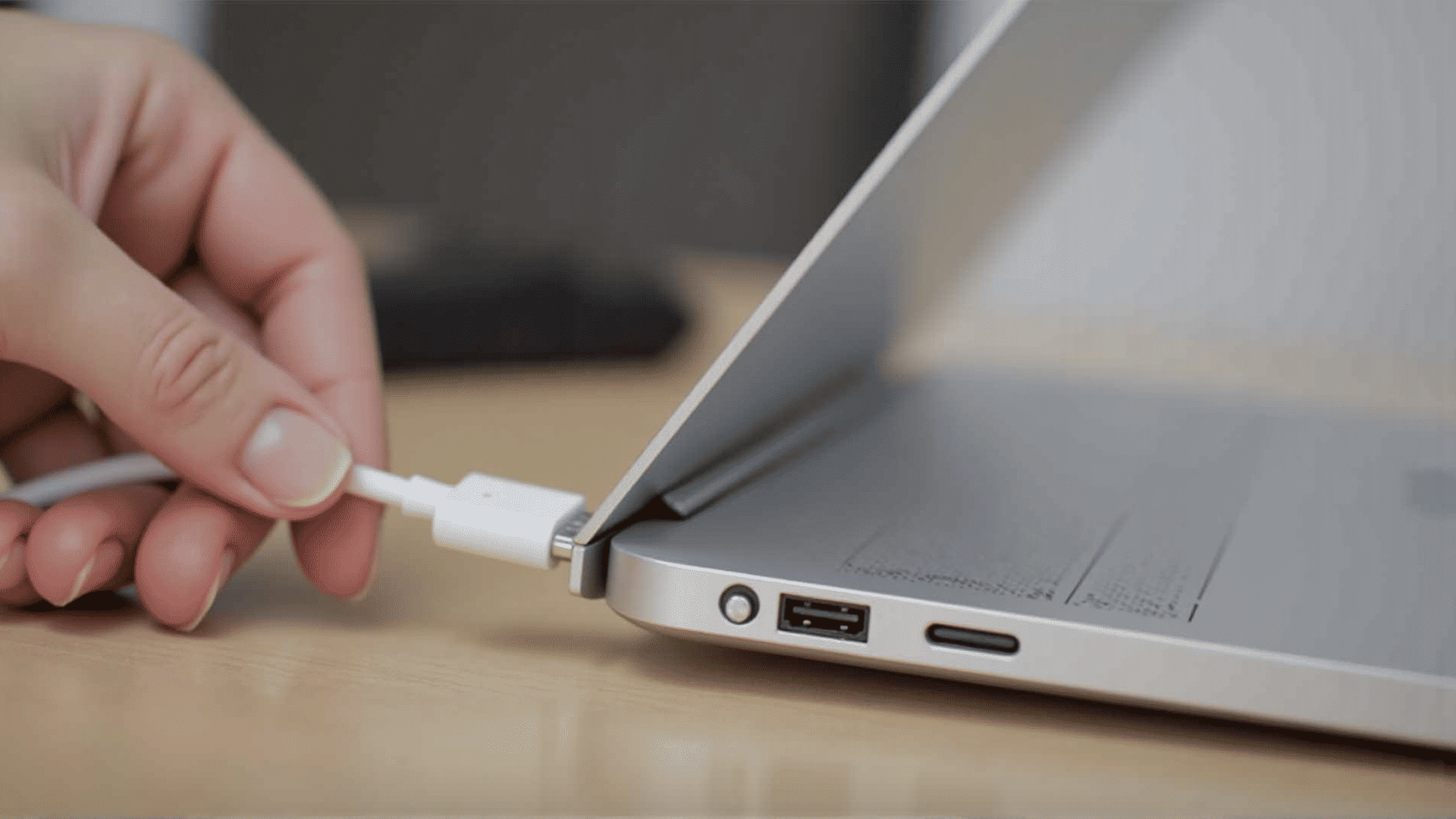Experiencing issues with USB devices on a Mac can be frustrating, especially when you're unsure of the root cause. However, understanding the frequent reasons behind these problems and following the appropriate steps to identify and correct them can make the process less daunting.
Common Causes of USB Issues on Mac
-
Software Glitches: Software problems can often disrupt USB connections. These glitches may stem from issues with the MacOS or applications that interact with USB devices.
-
Power Supply: USB ports rely on the computer's power supply. If the power draw is too high, it can lead to malfunctioning ports.
-
Faulty Cables or Devices: Sometimes, the issue is not with the Mac itself but with the USB cable or device. Damaged cables or malfunctioning devices can prevent proper connection.
-
Incorrect System Preferences: MacOS has specific settings that can impact how USB devices function. Misconfigurations can result in connectivity issues.
-
Driver Issues: Although MacOS generally handles drivers well, there are occasions where missing or outdated drivers can cause challenges, especially with third-party devices.
Steps to Diagnose the Problem
-
Restart Your Mac: A simple restart can resolve temporary software glitches that may be affecting USB functionality. This method is an easy first step to determine if the problem persists.
-
Test with Another Device: Connect a different USB device or use another cable to see if the issue is with the original device or cable. This test helps narrow down the potential source of the problem.
-
Check System Preferences: Navigate to
System Preferencesand ensure that any relevant settings for USB devices are appropriately configured. Look for power saving options that might be disabling USB ports. -
Examine the USB Port: Physically inspect the USB port on your Mac for any debris or damage. Cleaning the port gently can improve connectivity.
-
Software Update: Ensure that your MacOS is up-to-date, as updates often include fixes for known issues with USB compatibility.
-
Reset the SMC and PRAM/NVRAM: Resetting the System Management Controller (SMC) and Parameter RAM (PRAM)/Non-Volatile RAM (NVRAM) can resolve a variety of hardware-related issues. Follow Apple's guidelines to reset these settings properly.
-
Inspect Console Logs: Using the Console app, users can inspect any error messages related to USB devices. Look for recurring logs that might hint at the underlying issue.
-
Disconnect and Reconnect: Disconnect all USB devices and then reconnect them one at a time. This approach ensures that one faulty device or cable isn't impacting the performance of others.
When diagnosing USB issues on a Mac, patience and systematic troubleshooting can go a long way. By understanding these common issues and following outlined steps, you can successfully identify and resolve USB connectivity problems.
